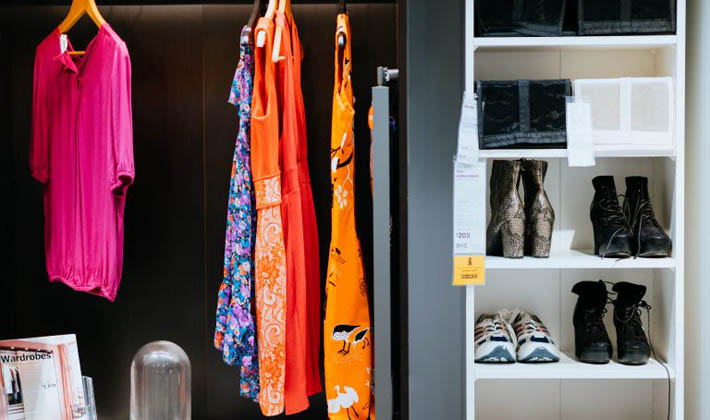To mark North American Occupational Safety and Health Week, here are a few ways to protect your feet while you work! If you stand or walk at work on concrete, tile or hardwood floors all day, the hard surfaces may lead to pain and discomfort. Protecting your feet from these hard surfaces can be a great way to deal with any current or future issues.
Shoes at Work
Because we are typically wearing the same shoes for the entire workday, wearing the appropriate shoes can go a long way in comfort!
Find a shoe that fits properly. If the shoe is too short, narrow or shallow, the sides of the shoe will irritate the toes. This can especially be a problem in a safety shoe because of the steel toe. If you have a wide foot, search for shoes that have wide widths available, or tend to fit on the wider side. On the other end of the spectrum, if the shoe is too big or wide, the foot could move around and irritate the toes. If you have a narrow foot, search for shoes with narrow widths available, or fill any extra space with thicker inserts.

If you work standing or walking on hard surfaces, look for a boot with a softer midsole (thick part of the sole). In regards to safety shoes, there may not be many options out there, but it is a great feature if it’s available! A softer midsole will provide additional shock absorption to protect your feet and legs.
A shoe with an adjustable closure, such as laces or Velcro, is another important feature to improve comfort. The option of adjustability will allow a more appropriate fit for your specific feet, which can change throughout the day based on swelling.
Support is another important consideration. If the foot is moving around too much, this can overwork the structures in the feet and legs and potentially lead to pain. Shoe support can be tested in a couple different ways. For support through the middle of the foot, the shoe should not bend in half easily. A safety shoe should already have this feature because of safety considerations that are require. For support at the heel, the back of the shoe/heel should not collapse with pressure. If additional support is needed, a custom-made orthotic or an over-the-counter insert may be necessary.
If a custom-made orthotic or an over-the-counter insert is to be used, a shoe with a removable insert can improve comfort and possibly the support.
Proper Support
Support through a custom-made orthotic or over-the-counter insert is another way to improve comfort throughout the day.
Especially if there is already pain in the feet or legs, additional support may benefit. The support can help in multiple ways depending on what features are necessary, such as preventing muscles from overworking, aligning joints into a more optimal position and/or providing additional cushioning and shock absorption.
If pain is not a concern at the moment, an over-the-counter insert may be beneficial to prevent any future pain. Sometimes, pain can develop slowly over time, especially if there are internal and external factors preventing optimal support and comfort.
If you are unsure if support would benefit you, an assessment with a Canadian Certified Pedorthist will give you more information!
Outside of Work
Even if work is where you spend most of the time on your feet, what you wear outside of work is also important to consider! This will allow your feet to recover and prepare more effectively for your working hours.
A go-to shoe with the appropriate fit and support will make it easier to choose the most comfortable shoe every time you leave the house.
What you’re wearing inside your home is also an important consideration, because you may stand and walk more than expected! Depending on preference and the level of support needed, there are different options to choose from. A walking or running shoe would give the most amount of support, but may be too warm for some. A supportive slipper or sandal can be great options because they give support, as well as the option of breathability if preferred. If balance is an issue, a shoe with a backing is be a great feature to consider.
Canadian Certified Pedorthists can give you more information about your specific workplace footwear needs after an assessment of your feet. To find a pedorthist near you, visit https://pedorthic.ca/.
By Canadian Certified Pedorthist Julia Hayman
